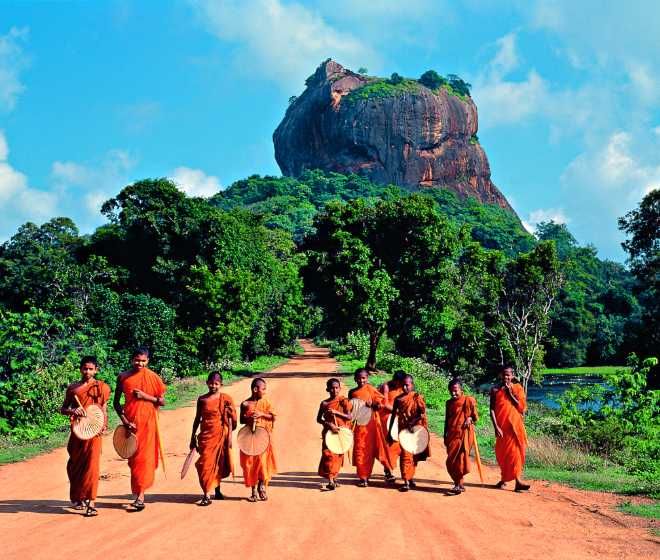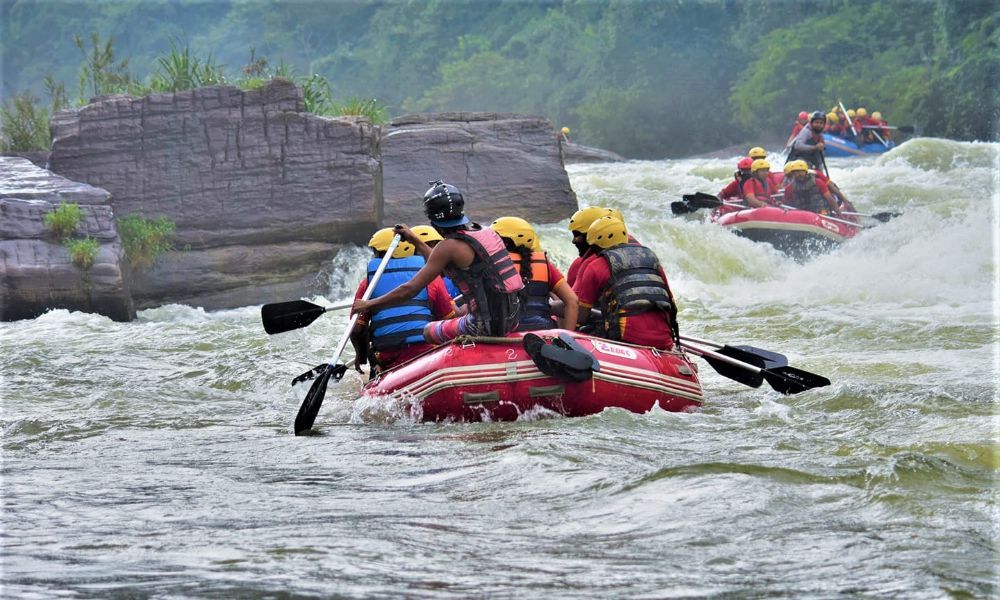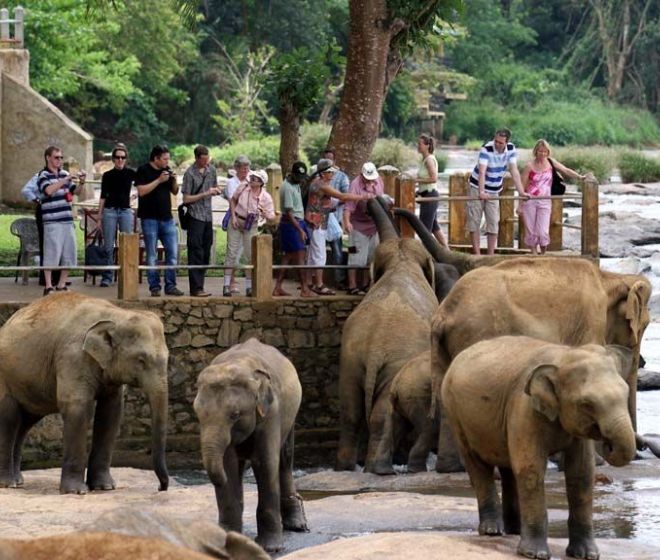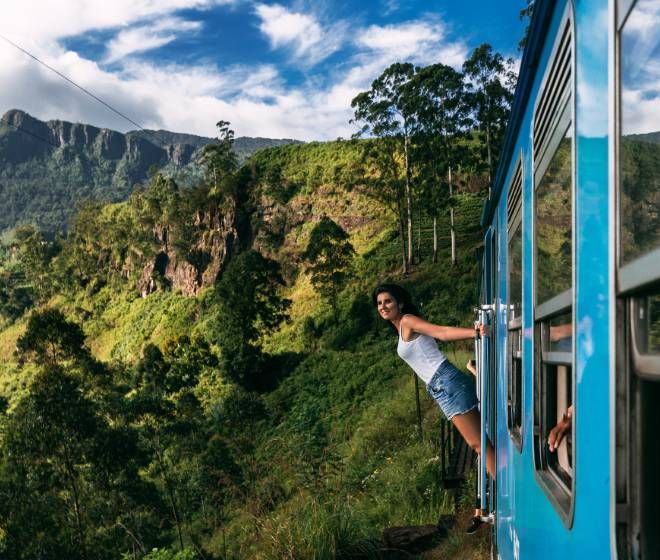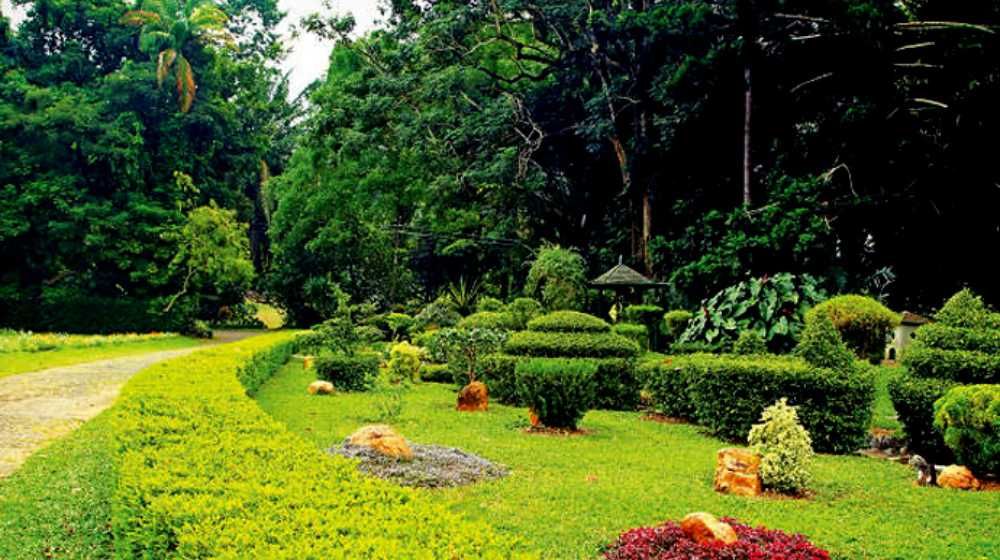
Gampaha Henarathgoda Botanical Gardens
Gampaha Botanical Garden, also known as Henarathgoda Botanical Garden is situated in the suburb of Gampaha, about 450 m away from Gampaha railway station, in Gampaha-Minuwangoda main road (about 29km away from Colombo). It was established in 1876 by the British to conduct experiments on exotic economic plants such as Rubber, and explore plant wealth and development of economy in the colony. The garden consists of a large variety of plants and many of them are from every corner of the tropical climatic zones and covers a land of 43 acres.
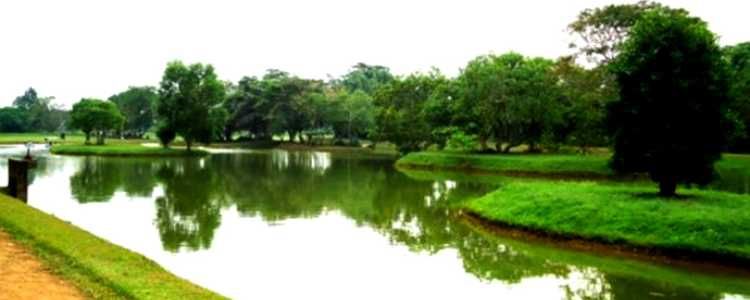
It is bordered by Attangalleoya and Attangalla garden in the south, Ruhunu National park in the east the Wilpattu national park in the southeast. The Henarathgoda Botanical Garden is also actively engaged in the development and education of the country’s floriculture and botanical research and is regarded as one of the island’s most renowned institutions for conservation in the country.
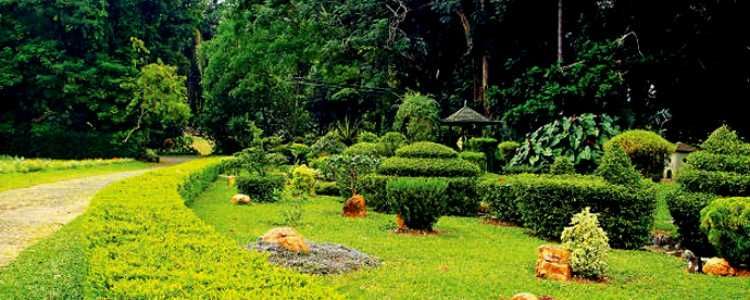
The first imported rubber tree to Sri Lanka was first planted in this garden and it was the first seedlings of Brazilian rubber tree ever planted in Asia after the seeds smuggled out from the Santarém, Pará, Brazil by British explorer Sir Henry Alexander Wickham were imported to Ceylon from the Royal Botanic Gardens, Kew. The British naturalists concentrated their trials to Ceylon due to the failure of Rubber trials in India and discovered that Ceylon offers the same environmental condition as that of the Amazon. These trees blossomed in 1880 and from the next year Rubber seeds were distributed throughout the country as well as some other British colonies in South and Southeast Asia.
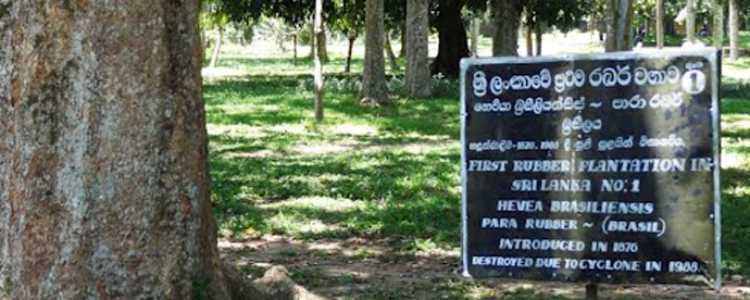
Remnants of these first Rubber trees, which collapsed due to a rain storm in 1988, are now protected as a national monument. Many of these trees of the 19th century is still available in the Garden. It now serves as a tropical low country Botanic Garden and after the establishment of Department of national Botanic Gardens in 2006, the Henarathgoda Botanical Garden functions as a division under it.
